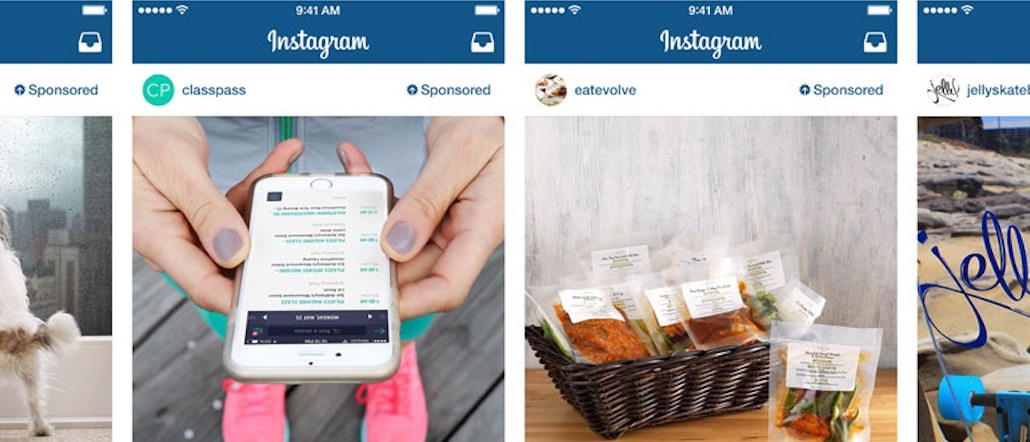
Instagram’s algorithm apocalypse is upon us.
The photo-sharing app confirmed that it’s rolling out the new feed to all users beginning today, three months after Instagram first announced the move.
Instagram’s algorithm mirrors that of its owner, Facebook, in that posts are being presented in the order of “likelihood you’ll be interested in the content, your relationship with the person posting, and the timeliness of the post.” Instagram said the change is because people miss as much as 70 percent of pictures from account they follow under the chronological format.
“Over the past few months, we brought this new way of ordering posts to a portion of the community, and we found that people are liking photos more, commenting more and generally engaging with the community in a more active way,” Instagram explained in a blog post.
The change will likely ignite some panic amongst brands since companies that see low engagement won’t be pushed to the top. Lucky for them, however, Instagram debuted tools this week that lets small companies pay the app to have their posts boosted to the top. Sexy brands, like fitness, food and beauty that garner tons of engagement should be fine.
Not everyone is seeing the changes immediately. Those who are seeing it don’t always like it:
I am not a fan of the recent update to the Instagram app. The algorithm is horrible. I want my “feed” to be in chronological order.
— William Roberts (@SangeanLover) May 25, 2016
Please, @instagram, give us an option to turn off the algorithm feed. I know what I want to see. Trust me to find it, ok?
— Lauren Morrill (@LaurenEMorrill) May 25, 2016
Can instagram stop it with the algorithm. I follow everyone because I want to see their posts. On my time line. In chronological order.
— siobhan :) (@siobhancorn) May 25, 2016
More in Media

The accidental guardian: How Cloudflare’s Matthew Prince became publishing’s unexpected defender
Cloudflare’s day job is fending off botnets and nation-state cyberattacks, not debating how Google and other AI firms crawl publisher sites.

A timeline of the major deals between publishers and AI tech companies in 2025
Here’s a list of all the major deals signed between publishers and AI tech companies in 2025.

No playbook, just pressure: Publishers eye the rise of agentic browsers
For the bulk of publishers, Google is, as ever, the one to watch. It’s already got agentic features within its Chrome browser, but that’s the tip of the iceberg, some say.





